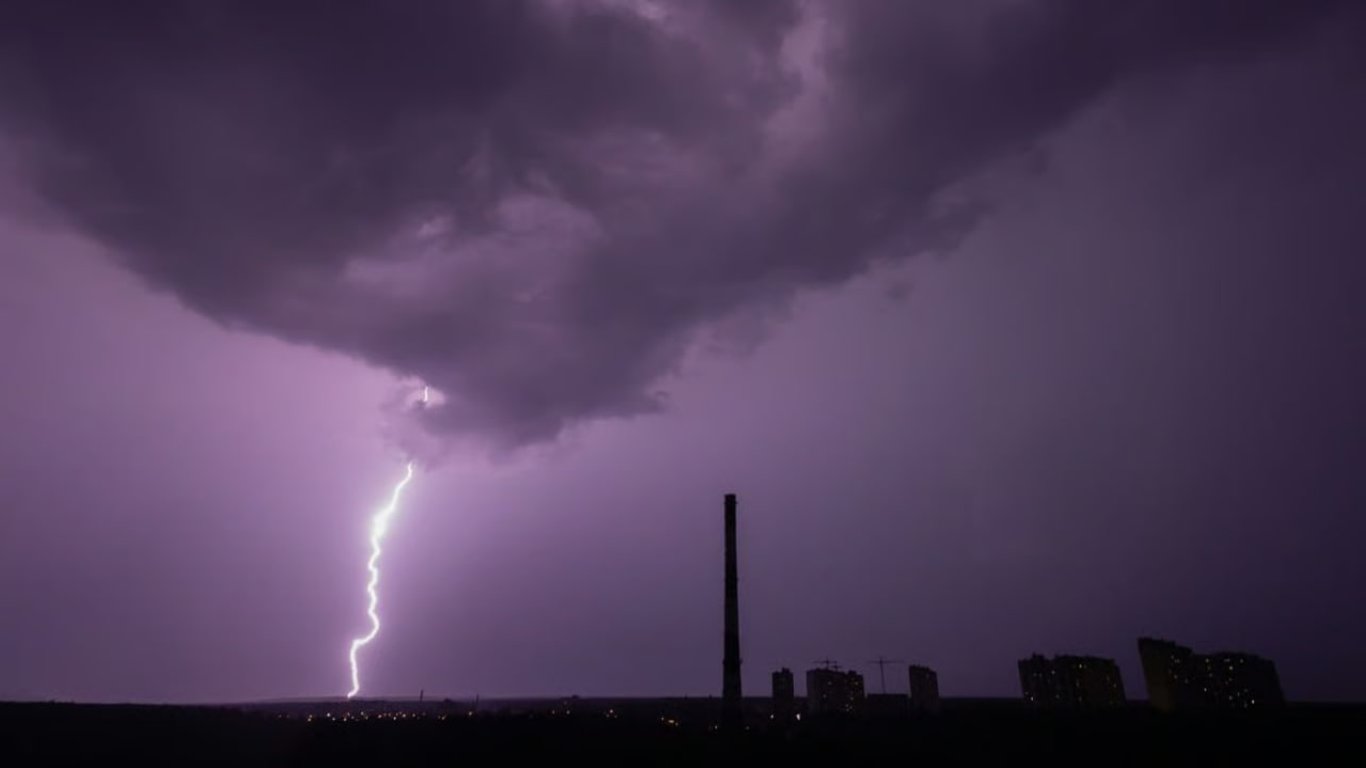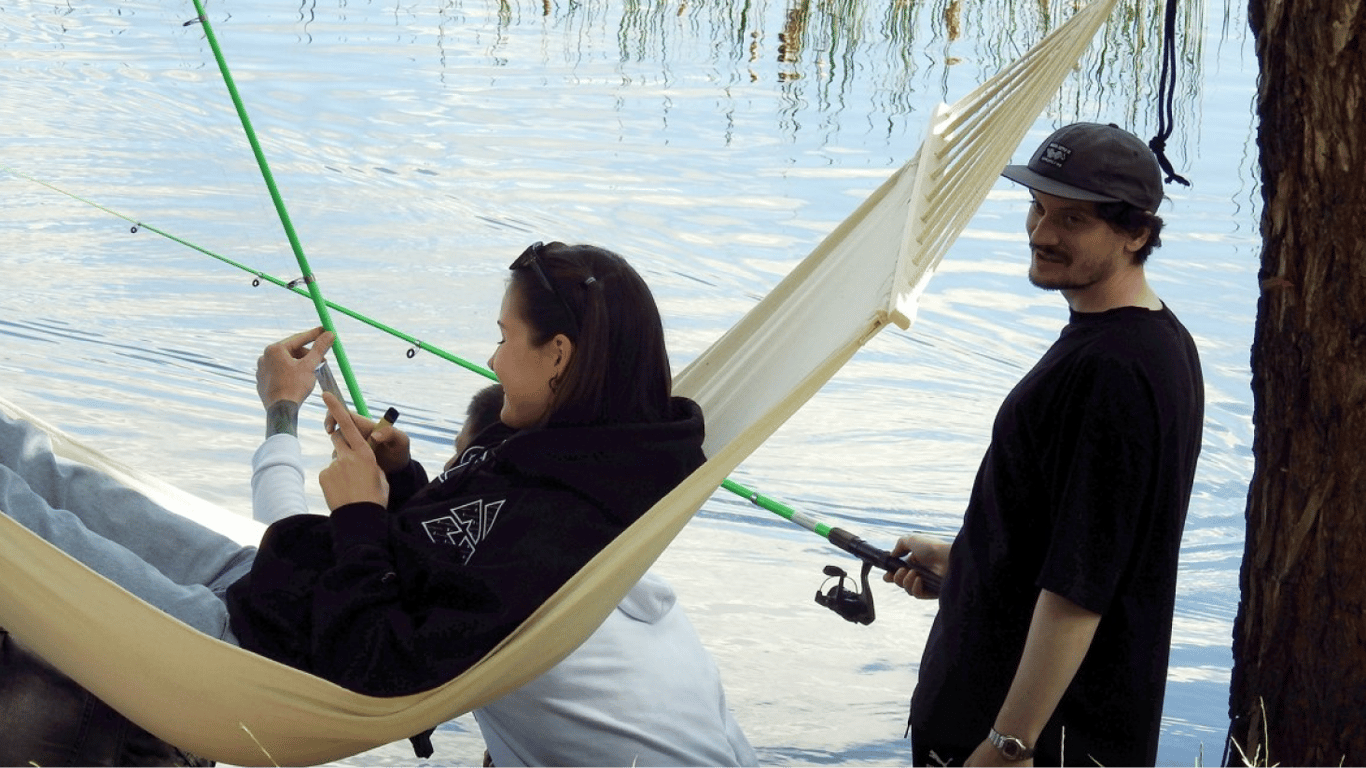Norway detects radiation spike on border with RF.


The Norwegian Radiation and Nuclear Safety Authority (DSA) detected cesium in air filters, the amount of which is "very low". This was reported by Barrents Observer.
Filters from Vixjofjella and Svanhovd are analyzed in the emergency preparedness department in Pasvik once a week. Radioactive cesium-137 appeared between September 9 and 12.
The levels are clearly above normal, but do not pose a risk to people or the environment. We found 5 µBq/m3 at the filtration station in Svanhovd in the 37th week (September 9-16), and we measured the same concentration (5 µBq/m3) at the filtration station in Vixjofjella in the 36th/37th week (September 5-12)," says Brede Melher of the emergency preparedness division of DSA in Svanhovd.
According to the official, DSA will conduct further analyzes over the next few days. "We would not be surprised if they are also at the same level that we saw today".
DSA claims that no other radioactive isotopes were found during the filter analysis. It's also unknown if any measurements on the Russian side of the border yield similar results.
No other filters in northern Norway or Finnish Lapland have shown a peak in cesium content over the past week. Cesium-137 is formed as a fission product in a nuclear reactor.
As the publication notes, there are numerous marine reactors on board submarines and icebreakers operating in the Barents Sea with bases along the coast of the Kola Peninsula. Large-scale strategic exercises 'Ocean-2024' ended on September 16, but it is unlikely that such emissions occur from a marine reactor operating at sea. Small releases of cesium-137 are more likely during the startup or maintenance of a reactor or handling of spent nuclear fuel.
According to Meller, cesium can also appear as a result of forest fires. Radioactive fallout after the Chernobyl accident in 1986 and even atmospheric nuclear tests before 1962 can still be measured in nature. The half-life of cesium-137 is approximately 30 years.
Barrents Observer emphasizes that Russian arms developers from Rosatom worked all summer and into the fall at the Pankovo site on Novaya Zemlya. The range is designed for testing a cruise missile with a nuclear engine, 'Burevestnik', which is believed to have a more or less open-cooled mini-reactor.
Work at the site, however, is strictly classified, and very little information is released. There are no official reports that 'Burevestnik' is being tested, but signs of this can be seen by studying daily updated satellite images of the Arctic archipelago.
During the summer, the Barents Observer spotted several cargo vessels and boats of special purpose in waters outside Pankovo, and in recent weeks, two large transport planes of Rosatom Il-76 periodically parked at the Rogachovo airport on Novaya Zemlya. It is believed that the blue aircraft are conducting operations related to the testing of 'Burevestnik'.
The radioactive isotope currently being measured in Finnmark may have come from afar, depending on the wind direction.
It is worth reminding that the Russian dictator Vladimir Putin may conduct tactical nuclear weapons training as part of tests if the West allows Ukraine to use its long-range missiles.
By the way, in the Kiev region, emergency services workers extinguished a fire. The flames engulfed an area of 421 hectares in the Chernobyl zone.
Read also
- Thunderstorms and downpours are coming to Ukraine - where to expect precipitation tomorrow
- What is the fine for listening to music in a car
- Deferral for Study - Two Types of Required Documents
- Test of Traffic Rules — Who Will Pass the Intersection First and Last
- Transportation Benefits — Who Will Travel for Free Starting September 1
- Fishing Restrictions — Who Can Be Fined Even at Home









